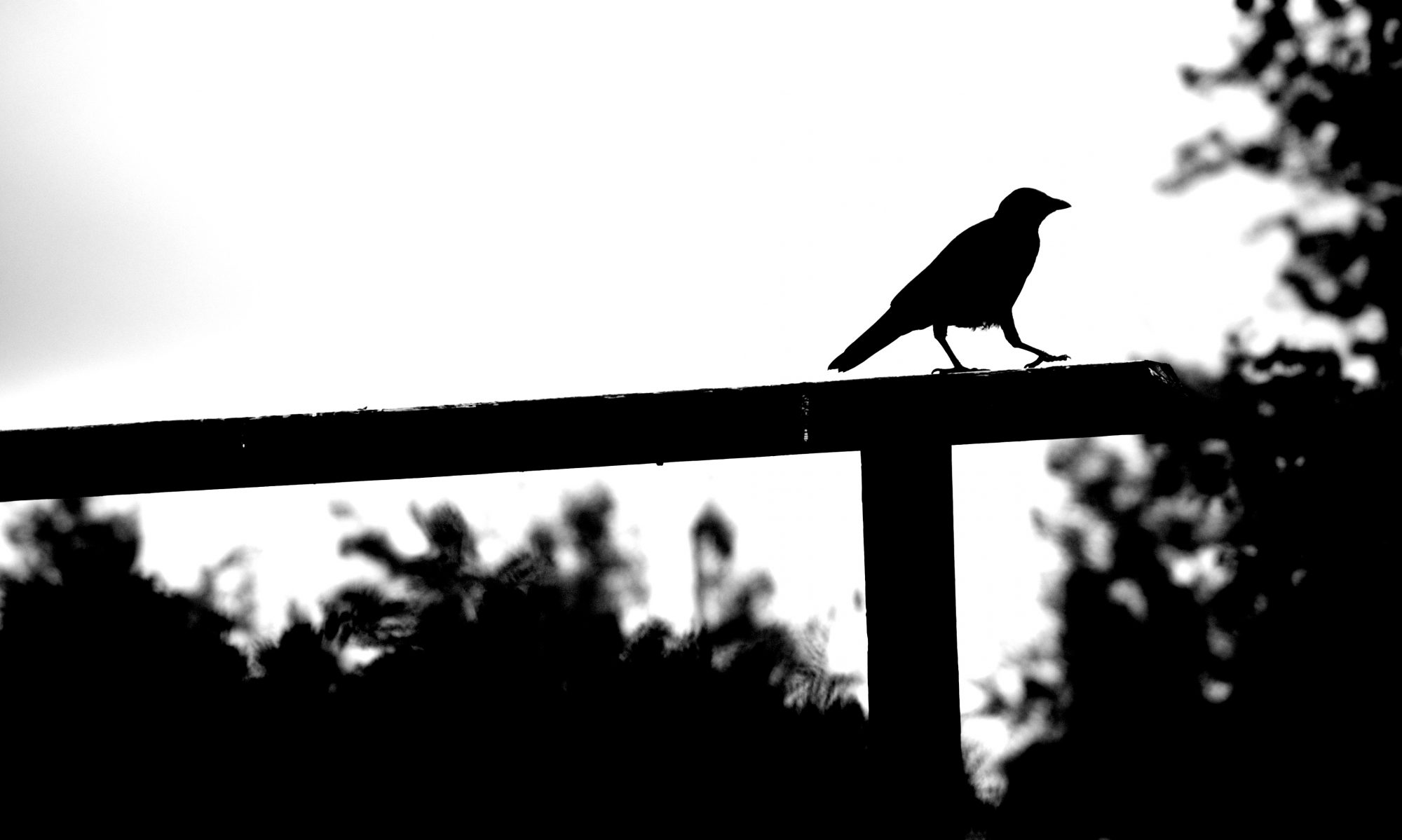Most days environmental news is bleak to say the least. Truthfully, much of what’s going on is bleak. Species are going extinct at record rates. Climate change seems to be accelerating. Environmental degradation is having real effects on real people.
But even though the bad news is usually what makes it onto the evening news, there are bits and pieces of good news as well. And those deserve to be highlighted. So, let’s take a look at three of those today.
—–
A clawed cave spider: I always get excited when I hear about new species discoveries. That’s partly because it reminds me that no matter how much we think that we’ve figured out, there are still zillions of cool things out there that we have no clue about. We just need to look – sometimes in difficult places. In this case, the cool new find is a new species of spider, Trogloraptor marchingtoni. And not just a new species, but seemingly an entirely new family. If a new species is a big deal, a new family is an even bigger deal. By way of analogy ostriches, pelicans, and hummingbirds are each in separate bird families. So you might say that this newly discovered spider is approximately as different from other groups of spiders as those three groups of birds are from each other.
Trogloraptor is about 4 cm in diameter and lives mainly in caves and some old growth forests. It has substantial claws on its legs, but it is not clear what they are used for. And, now that we know about this creature there are a ton of other new and interesting things to find out as well. What will those discoveries be? Only time, and more hard work, will tell.
An (un)extinct snail: The Mobile River Basin in the southeastern United States is home to an amazing diversity of freshwater mollusks. Or perhaps it should be said that it was home to an amazing diversity of freshwater mollusks. After years of human influences, several dozen species are now extinct. However, in a recent survey of the snail fauna of the Cahaba River, researchers found a small population of a snail that has been thought to be extinct for decades. The snails can be bred in captivity and the authors of the linked research article point out several locations that may be suitable for reintroductions.
Monarch butterflies finally find protection: I’ll probably devote an entire post to monarch butterflies in the near future because they are so amazing. Briefly, these insects migrate across a huge swath of North America to a few very small wintering areas in forest groves the mountains of Mexico. So, entire populations that cover large chunks of geography in the summer are dependent upon a the survival of a few hectares of trees. Because of this, they are highly susceptible to deforestation in that region. Illegal logging has been impinging on these winter redoubts for decades. Removal of trees, even trees not used by the butterflies for roosting, allows more rain below the canopy. Wet butterflies are highly susceptible to winter cold.
The whole situation has been extremely dire in recent years. But now comes news that cooperative work between government, NGOs, private individuals, and the people who live near to the butterflies’ overwintering groves has almost completely eliminated illegal logging. Residents are now replanting trees in the butterfly groves and are working on developing a more robust ecotourism-based economy.
—–
Yes, there are spots of good news out there as well. It pays to look for them because we need to take the time to highlight these events and accomplishments. They are due in large part to the dedication and efforts of researchers and, as exemplified in the case of the monarchs, to the people who are most likely to be affected by the negative consequences of doing nothing.
